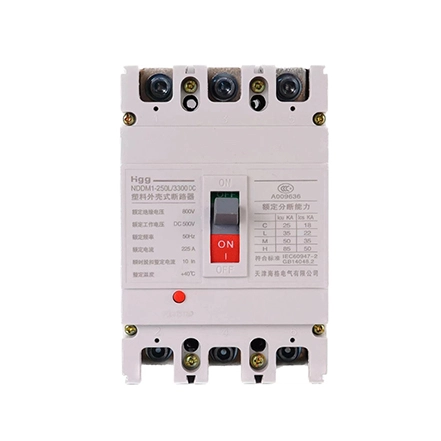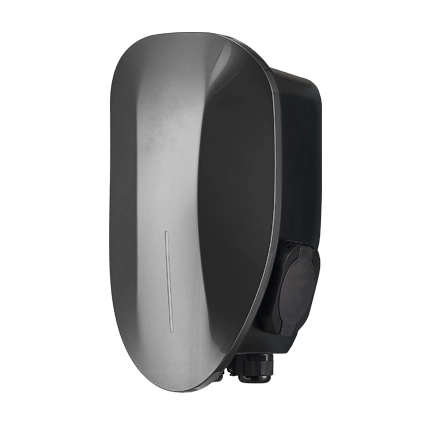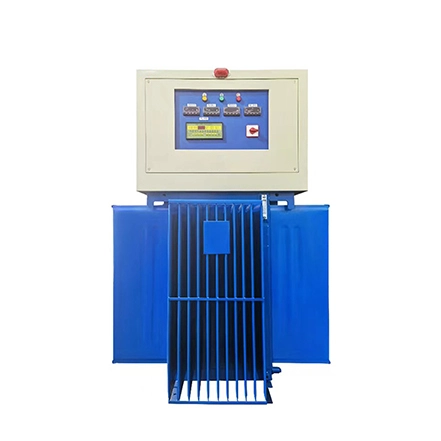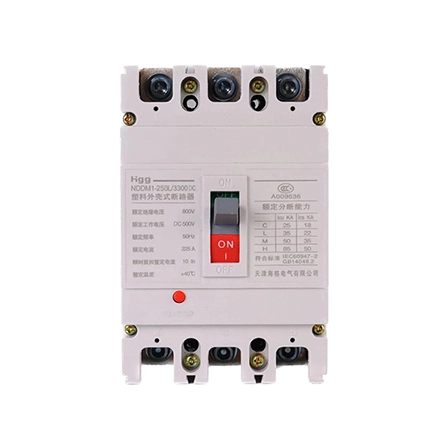In the realm of electrical systems, the molded case circuit breaker (MCCB) emerges as a stalwart guardian, entrusted with the critical task of safeguarding against overcurrent events. Designed to swiftly detect and halt the flow of electrical current during instances of short circuits or overloads, the MCCB stands as an indispensable component within electrical distribution networks. Beyond mere functionality, its role extends to ensuring the safety, reliability, and uninterrupted operation of industrial, commercial, and residential settings alike. Let us embark on a comprehensive journey to unravel the intricate workings and multifaceted applications of the molded case circuit breaker.
What Is a Molded Case Circuit Breaker
A molded case circuit breaker (MCCB) serves as an indispensable safeguard within electrical systems, engineered to swiftly detect and halt the flow of electrical current when overcurrent situations arise, including instances of short circuits or overloads. These overcurrent events pose significant risks to both equipment and personnel within electrical distribution networks. By promptly interrupting the circuit upon detection of such anomalies, MCCBs play a pivotal role in mitigating potential damage, reducing the likelihood of electrical fires, and safeguarding the well-being of individuals working in proximity to the system. Thus, MCCBs are not merely components but rather critical guardians ensuring the reliability, safety, and uninterrupted operation of electrical distribution systems across various industrial, commercial, and residential settings.

The Main Components of Molded Case Circuit Breaker
Molded case circuit breakers (MCCBs) are comprised of several essential components that work together to protect electrical circuits from overcurrent events and ensure the safety and reliability of electrical systems. The main components of an MCCB include:
Molded Case Enclosure: This sturdy outer casing provides mechanical protection for internal components and insulation against electrical shock. It is typically constructed from durable insulating materials such as molded plastic or thermoset resins.
Operating Mechanism: The operating mechanism is responsible for tripping the circuit breaker in response to overcurrent conditions. It may utilize thermal, magnetic, or hybrid principles to detect abnormal current levels and initiate the circuit interruption process.
Contacts: DC molded case circuit breaker contains stationary and moving contacts that make and break the electrical circuit. During normal operation, the contacts remain closed, allowing current to flow through the circuit. When an overcurrent occurs, the contacts are mechanically forced apart to interrupt the flow of electricity and isolate the fault.
Trip Unit: The trip unit serves as the detection and signaling component of the MCCB's protection system. It senses overcurrent conditions and sends a signal to the operating mechanism to trip the breaker, thereby disconnecting the circuit from the power source.
Arc Chutes: Arc chutes are designed to extinguish the electric arc that forms between the contacts during circuit interruption. They dissipate the energy of the arc and prevent it from damaging the contacts or causing further electrical faults.
Handle and Operating Mechanism: The handle provides a means for manually operating the MCCB, allowing users to open or close the breaker for maintenance or troubleshooting. It is connected to the operating mechanism inside the MCCB enclosure.
Trip Indication: Many MCCBs, like three-phase MCCB, feature trip indication mechanisms, such as trip flags or indicators, to visually signal when the breaker has tripped due to an overcurrent event. This helps maintenance personnel quickly identify and address the cause of the trip.
What Is MCCB Used For
Molded case circuit breakers (MCCBs) are used for various applications in electrical systems to provide protection against overcurrent events and ensure the safety and reliability of the system. Some common uses of MCCBs include:
Electrical Distribution Systems: MCCBs are integral components in electrical distribution panels, switchboards, and distribution boards. They protect feeder circuits and branch circuits from overcurrent situations, such as short circuits or overloads, thereby preventing damage to connected equipment and ensuring uninterrupted power supply to critical loads.
Industrial Applications: In industrial settings, MCCBs are employed to safeguard motors, transformers, control circuits, and other electrical equipment from damage due to overcurrents. They are commonly used in manufacturing facilities, processing plants, refineries, and industrial machinery to protect valuable assets and maintain operational continuity.
Commercial Buildings: MCCBs are installed in commercial buildings, office complexes, retail establishments, and public facilities to protect electrical circuits serving lighting, HVAC systems, elevators, escalators, and other building services. They help prevent electrical fires and disruptions to building operations caused by overcurrent faults.
Residential Installations: In residential settings, MCCBs are utilized to safeguard electrical circuits supplying power to appliances, lighting fixtures, and outlets throughout the home. They provide protection against overloads caused by excessive electrical loads or short circuits resulting from faulty wiring or equipment.
Utilities and Power Generation: MCCBs are also used in utility substations, power plants, and renewable energy installations to protect transmission and distribution networks, generators, transformers, and other critical infrastructure components. They help maintain grid stability and prevent cascading failures during abnormal operating conditions.
Data Centers and IT Facilities: In data centers, server rooms, and IT facilities, MCCBs are deployed to protect critical IT equipment, servers, and networking infrastructure from electrical faults. They ensure uninterrupted power supply to data processing equipment and prevent costly downtime due to electrical disruptions.
Conclusion
In the intricate tapestry of modern electrical systems, the molded case circuit breaker (MCCB) assumes a position of paramount importance, serving as a steadfast guardian against the perils of overcurrent events. From industrial power plants to residential dwellings, the MCCB stands as an essential component, ensuring the safety, reliability, and uninterrupted operation of electrical distribution networks. As we conclude our exploration, it becomes evident that the MCCB's significance transcends mere functionality, embodying the essence of protection and reliability in the realm of electrical engineering.





